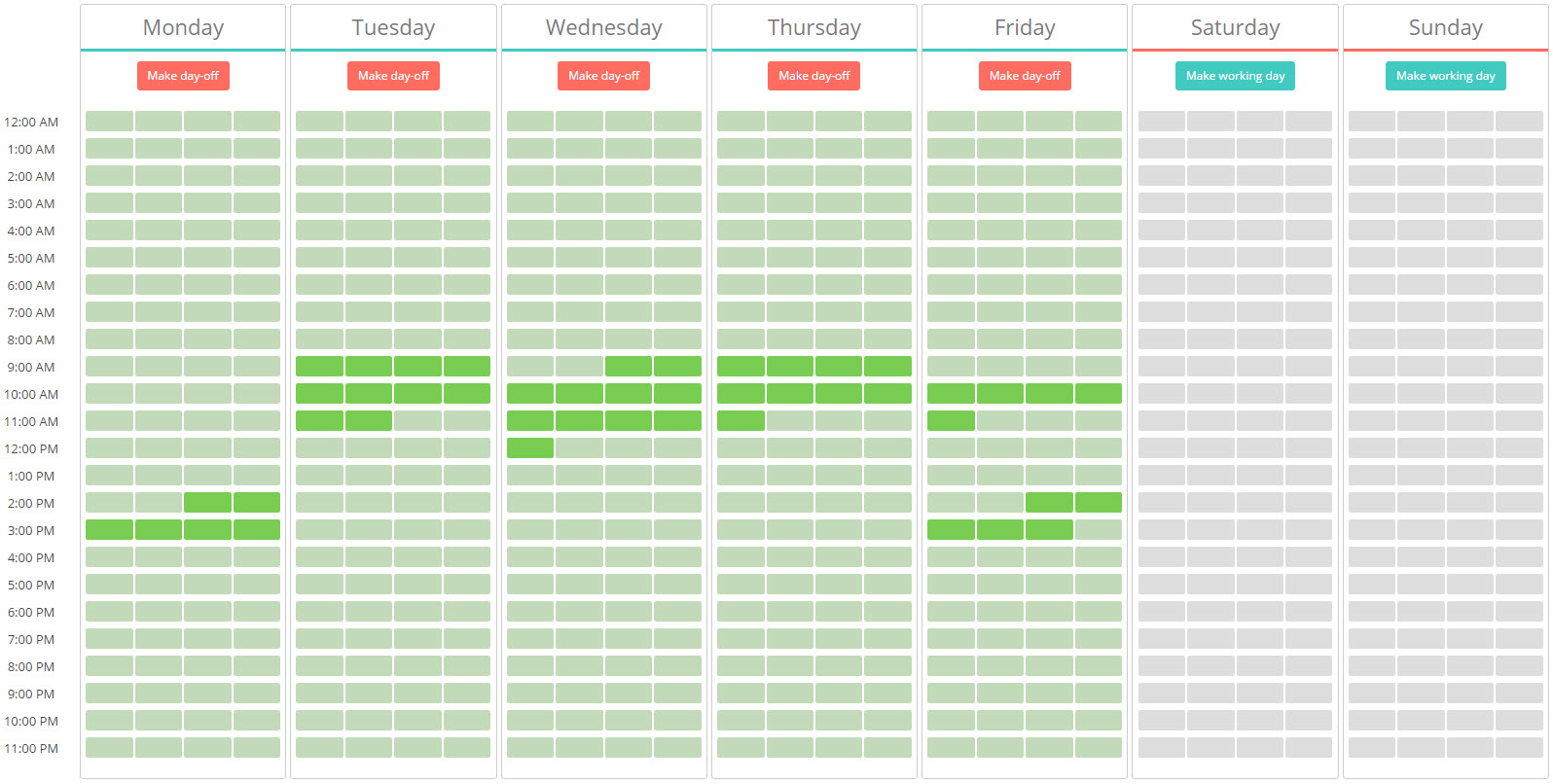Time Boxing
AKA Time Blocking
It's all about setting boundaries and building walls of attention.
Whether it's client work or personal, build walls to keep out distractions. Distractions are the thieves of time, and time is your most valuable resource. Protect it!
Ask: Is this relevant to what I am focused on right now? Does it apply to this segment?
What is a segment? It's a predefined point of focus defined by boundaries in time.
To create a segment, define a start and end time. For example, I am writing. I will write until I can't write anymore or 6:30 am when I need to began another segment. If I finish early, I will meditate.
What are you committed to? Are you committed to completing the task? You should be.
When the comfort ends, the challenge begins. Accept the challenge to complete each segment you set out to do. Give yourself a +1 everytime you do.
Indeed, do need unstructured time in your schedule to allow spontaneity to occur.
Just as my yoga class begins at a specified time, build start times into your day. In the scenario of a yoga class, you have a start and end time, and you don't leave the room until the class is over. You definitely don't check your phone (in fact no phones are allowed within the 4 walls of the room you practice). Build 4 walls around your own 'classes' throughout your day. Your segments are classes.
How often do your check your email? If you discipline yourself to only check email 3x/day, you will find your productivity go up. If the challenge is that you need to check for new information before you begin a task, or you use email as your information repository, consider setting up a channel on authordock to communicate with that client. All communication must be constrained to that authorDock room (does your client understand this?)
Meal times
You do not eat outside predefined meal times. Not only is this better for your health, but eating is a huge distraction. It slows you down. If you are eating while you are working, you are not giving your attention to your work. And if you are, then you are mindlessly eating.
Dealing with Distractions
Distractions appear in many forms. Probably the most common are thoughts that arise unrelated to what you are working on that need attention. Do they really need attention right now? They only do to the extent that you don't have a 'holding pen' to put it in.
Ideally your holding pen is searchable. Ideally it's simple to add new items to. You can use tags to speed up categorizations for quicker reference later.
Two clipboards
You have 3 clipboards:
- now (your center of focus)
- next (your daily agenda and pre-committed promises)
- not now (everything else)
SimplyBookMe
Looking at how to adapt this model for intentional productivity:

The Time Block Planner

Pre-made Time Block Cards
An idea to expand on is to create cards for routine tasks that you can drop into your time blocks. Similar to a list of classes you want to take, you drag the 'task' like it's a class over to your schedule. In doing so, you've now allocated the time for the task the same way you would if you signed up for a yoga class.
Further Reading
Time Blocking: How to Create Your Ideal Week
Constant interruptions, reactive mode, and lack of focused time make it extremely difficult to get deep, creative work done. Many people struggle with feeling pulled in multiple directions, being overloaded with tasks, and failing to dedicate quality time to their most important goals and priorities.
Time blocking is a powerful technique that can help you regain control of your schedule, maximize productivity, and ensure you have dedicated time for your highest-leverage activities. By proactively planning your ideal week in advance and scheduling tasks based on themes, energy levels, and priorities, you can minimize distractions and make consistent progress on your most meaningful work.
Tactics
Complete a Task Filter to analyze your current responsibilities. Determine what tasks you can automate, eliminate, or delegate to free up time.
Batch similar tasks together by "stage" (front-stage, back-stage, off-stage) and "theme" (e.g. Mondays for future planning, Wednesdays for deep work).
Conduct a personal "chronotype" assessment to understand your daily energy patterns and productivity peaks. Schedule difficult tasks during high-energy windows.
Block out time on your calendar for personal rituals, workouts, hobbies and scheduled downtime ("white space") to ensure work-life balance.
Use the Ideal Week template to map out a visual plan incorporating themes, chronotype suggestions, and top priorities.
Protect focused blocks by applying communication boundaries (e.g. no Slack/emails on deep work days).
Resources
- Chronotype Tests & Books: When by Daniel Pink, The Power of When by Michael Breus
- Full Focus Ideal Week Printable
- Task Filtering Guidance from Free to Focus by Michael Hyatt
By investing upfront time into intelligent time blocking and calendar management, you can reclaim control, achieve consistent productivity, and finally get the right work done.